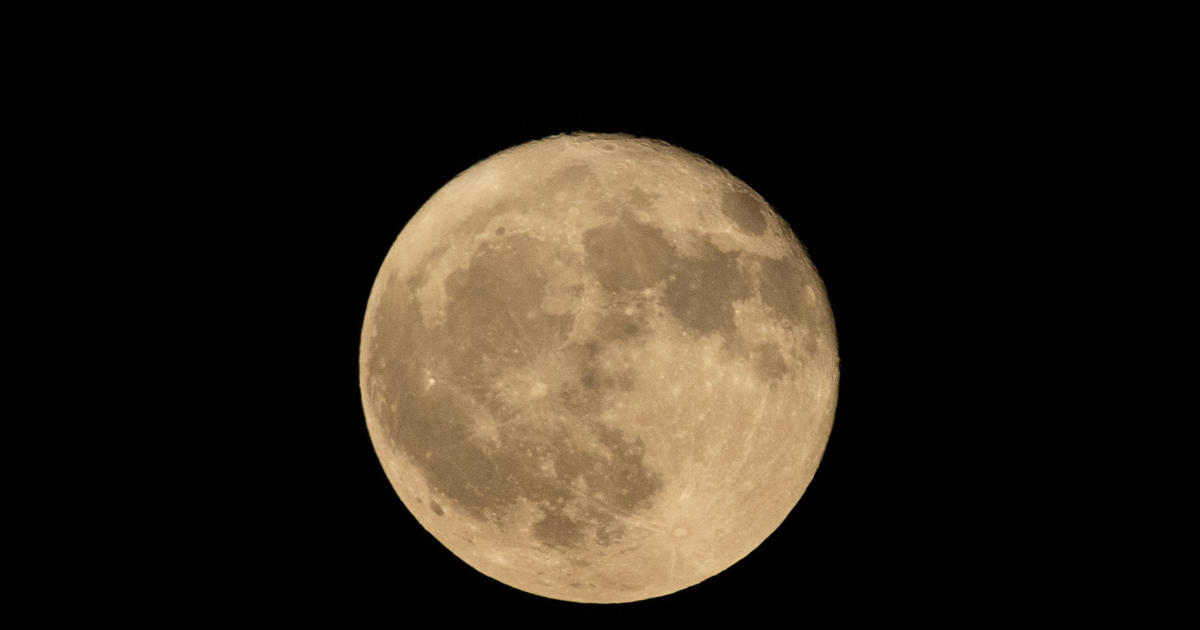Time: 2024-07-17
NASA recently reported a groundbreaking discovery of a cave on the moon , located near the Sea of Tranquility , not far from where Neil Armstrong and Buzz Aldrin landed 55 years ago . This Italian - led team confirmed the existence of the cave after analyzing radar measurements by NASA 's Lunar Reconnaissance Orbiter , comparing the results with lava tubes on Earth . The findings , published in the journal Nature Astronomy , suggest that the cave is at least 130 feet wide and tens of yards long , making it a significant discovery in lunar exploration.
The cave is accessible from the deepest known pit on the moon , created by the collapse of a lava tube . This discovery has sparked excitement among scientists , with Leonardo Carrer and Lorenzo Bruzzone of the University of Trento expressing their enthusiasm over finally proving the existence of lunar caves after over 50 years of mystery . The researchers estimate that there could be hundreds of such pits on the moon , offering potential sites for future lunar bases to support long - term human exploration.

The study also highlighted the potential challenges of building habitats from scratch within these caves , including the need to reinforce the cave walls to prevent collapse . British astronaut Helen Sharman noted that while humans could potentially shelter in lunar pits in the next 20 to 30 years , additional technology such as jet packs or lifts may be necessary to navigate the depth of the caves . The rocks and materials preserved inside these caves offer valuable insights into the moon 's geological history , particularly its volcanic activity over the eons.
In addition to the lunar cave discovery , NASA 's research also included 3D radar simulations to analyze the lunar surface for scattering contributions . The simulations revealed discrepancies in the power response from the lunar surface , but the overall validity of the results remained unaffected . The data collected by NASA 's Lunar Reconnaissance Orbiter continues to provide new insights into the moon 's geology , adding to the growing body of knowledge about Earth 's celestial neighbor.
As scientists worldwide continue to study the moon , recent missions like China 's Chang'e 6 lunar probe have contributed to expanding our understanding of the moon 's geology . By collecting rock and soil samples from the moon 's surface , researchers hope to uncover more information about the differences between the two sides of the moon and gain a deeper understanding of its unique geographical features . The ongoing research efforts aim to pave the way for future exploration and potential human missions to the moon.